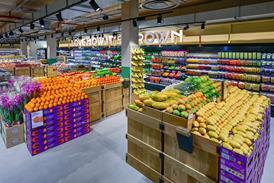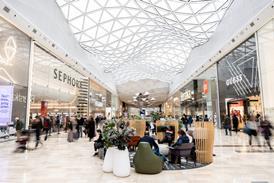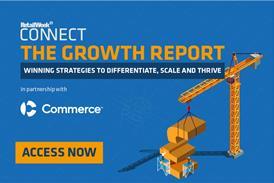Analysis: Three ways Inditex beat the fashion blues to return to profit

Zara owner Inditex swung back into the black during its second quarter, despite the ongoing impact of the coronavirus pandemic.
The Spanish fashion conglomerate, which also owns brands including Massimo Dutti, Bershka, Pull&Bear and Oysho, posted a net profit of €214m (£194.7m) during the three months to July 31, compared with a €409m (£372.1m) loss the previous quarter.
Retail Week analyses how Inditex beat the fashion blues to return to profit.
Already have an account? Sign in here



















